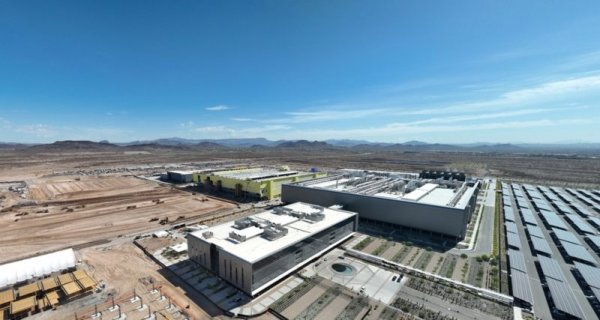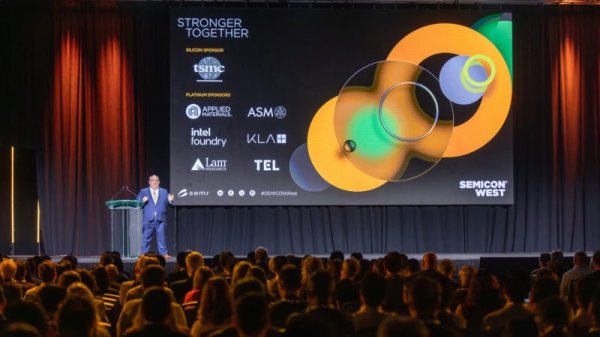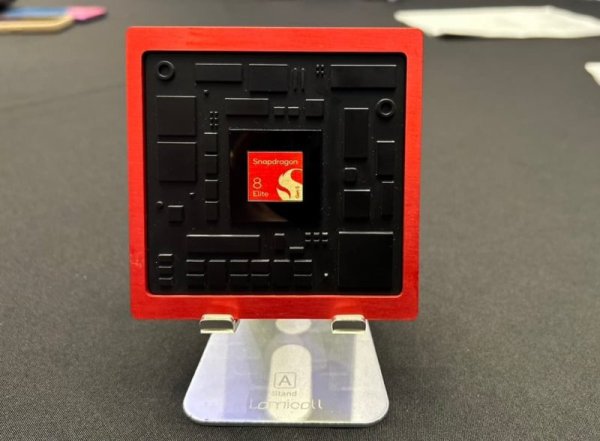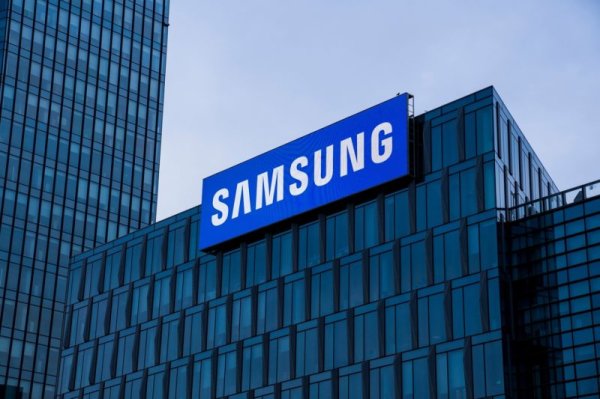Taiwan Electric Asia s crystalline plant not only started to make money, but five years of investment also made the desert green Silicon Valley
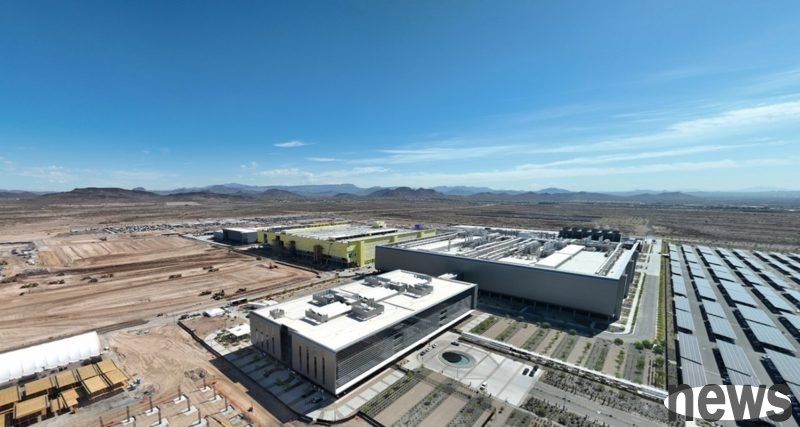
Taiwan Electric's merger financial report in the first half of 2025 shows that its Arizona crystal factory (TSMC Arizona) officially turned into profit after earning two consecutive quarters of profits in the first half of 2025, symbolizing that its manufacturing layout in the United States has successfully reached a steady pace. Moreover, NTU's local equipment also provides extreme transformation and transformation for the originally deserted community in the local area.
According to the special report of local media The Eagle, in the vast desert north of Phoenix, Arizona, the United States, the investment expansion of Taiwan Electric Power not only stands with the rising factories and dust-free rooms, but also brings deep economic and social changes. The rippling effect has spread across various communities, schools and small enterprises in the "Gao of Sunlight". Among them, with the announcement of an increase of US$10 billion in March 2025, making it commit to a total investment of US$165 billion, Taiwan's Asia-Rizona factory has become the largest foreign direct investment project in the history of the United States.
And this investment is not only a big number, but also creates a practical opportunity for employment. It is expected that the first three factories will be put into operation and will provide 6,000 permanent high-tech positions. In addition, over 20,000 unique construction work has been accumulated during the construction period, and thousands of intercom positions have been created through suppliers and service providers. Currently, 5,000 or more construction workers work hard every day at the North Phoenix site, which provides a stable employment opportunity for years of construction.
In order to the human needs of Taiwan Power Construction Factory and future production, the "Semiconductor Quick Start Program" launched by the local Maricopa Community Colleges is very popular. Since 2022, 6,176 students have submitted interest forms, 4,000 people have passed the pre-evaluation test, and more than 900 people have been certified. Among them, 23-year-old local resident Sterling Wilson has become a light shield technician in Telco's first factory after completing the 10-day "Semiconductor Rapid Startup Project".
Taiwan Electric cooperated with educational institutions such as Phoenix, the Arizona Bureau of Commerce, as well as educational institutions such as Malicopa Community College, Grand Canyon University and Northern Arizona University, to launch the first semi-conductor technician apprenticeship program in the United States. Rose Castanares, General Manager of Taiwan Electric Asia, stressed that utilizing the diverse local talent databases and cooperating with world-class American education systems was an important consideration for Taiwan Electric's factory at that time. This project received $5 million investment from the company, providing a diversified learning journey ranging from 18 months to four years. Participants can also obtain full-time employment while receiving in-service training and class guidance. The first eight disciples have started training in April 2024 and are scheduled to be expanded to about 130 in 2025.
In addition, the cooperation between Arizona State University (ASU) and Taiwan Electric has deepened talent training in the semiconductor field. Currently, ASU has more than 7,000 students studying in the Microelectronics-related fields, and its cooperation includes professional courses, awards and research opportunities. The U.S. Department of Commerce and Natcast announced in January 2025 that it has selected the National Semiconductor Technology Center (NSTC) facility to further strengthen Arizona's key position in the semiconductor ecosystem.
According to analysis by the Greater Phoenix Economic Council, only the initial $65 billion investment is expected to generate $1.2 billion in direct tax collection and $195 billion in interchange collection in 13 years. In terms of personal income, direct income is $4.6 billion, and inter-acceptance income is $4.8 billion, which will have a total impact on personal income of $9.3 billion.
Danny Seiden, president and executive director of the Arizona Chamber of Commerce, pointed out that the $10 billion new investment in 2025 will stimulate demand for apartments and housing, drive builders' development, and increase Arizona's tax base through high-paying workers' local consumption and purchase of goods. The most significant economic transformation is the $7 billion mixed-use project Halo Vista, which will circulate the NTF factory area. The 2,300-inch land will contain 12 million square feet of industrial space, 3.5 million square feet of research and technical facilities, and a residential area that can accommodate nearly 9,000 residents, and will support 62,000 working spaces upon full development.
In addition to large-scale construction and dynamic planning, TAI also directly benefit local residents through small community planning. The farm market held in the factory every month allows employees and community members to buy fresh fruit and vegetable boxes for $15, which may have been abandoned due to poor appearance. Through this collaboration, it reported that over 70,000 pounds of agricultural waste have been transferred, while providing average food options for families in the Phoenix Valley. The company also works with the American Red Cross Arizona and New Mexico chapters to regularly host on-site blood donations, and a recent event collected enough blood to save up to 186 hospital patients.
In terms of sustainable development, NTU promised that the industrial wastewater recycling factory built in 2028 will achieve a 90% water recovery rate, which is of great importance in the desert environment of Arizona. At present, the factory has achieved a 65% water recovery rate and purchased all water from Fenghuang City to ensure compliance with the municipality’s 100-year water supply plan. Solar panels that double as sunshades will also be installed in the factory, providing 14.5 megawatts of renewable energy. Since 2023, Taiwan Electric has purchased renewable energy certificates, covering 100% of the electricity consumption, making it the first semiconductor company to join the RE100, a global corporate renewable energy initiative.
Due to the entry of Taiwan Electric's large semiconductor factory, the entire supplier and partner ecosystem has attracted. Chris Camacho, president and executive director of the Economic Development Committee of Phoenix, said that since NTD announced its investment, it has attracted 39 semiconductor-related companies to enter the region, creating more than 7,700 working opportunities and more than 37 billion US dollars in capital investment. Moreover, 14 major suppliers of Taiwan Electric have announced the establishment of facilities in the United States, many of which choose to be near Phoenix, including industrial gas, chemicals and equipment components suppliers, forming a local supply chain that reduces transportation costs and environmental impacts, while creating more employment opportunities. The high concentration of semiconductor industry activities has even prompted the major industry conferences held in San Francisco to travel to Phoenix since 2025, further demonstrating Phoenix's status as a semiconductor town.
Looking ahead, with the continuous construction of the second and third factories, it is expected to be invested in 2028 and the end of this century, and its impact on the community will be further deepened. The construction of each factory took years, and the next decade of operation will bring continuous economic activities, not just temporary glory.
The transformation from desert to high-tech New Zealand north of Phoenix, Arizona shows how strategic industry investment reshapes the entire region. Through planned dynamic development, community partnerships and continuous local participation, Taiwan’s Asia-Rizona factory has proven that advanced manufacturing can coexist with local communities, rather than just drawers of resources. These evidences show that NTEM has gone far beyond factory development in the local area. Through training programs, community initiatives and the doubling of economic opportunities, it has deeply affected the lives of residents in the Valley of Sun. In an era when communities are competing for major industrial investment, the experience of Phoenix and Taiwan Power provides a template for how global manufacturing can still bring lasting benefits to the local area after the construction project is completed.

